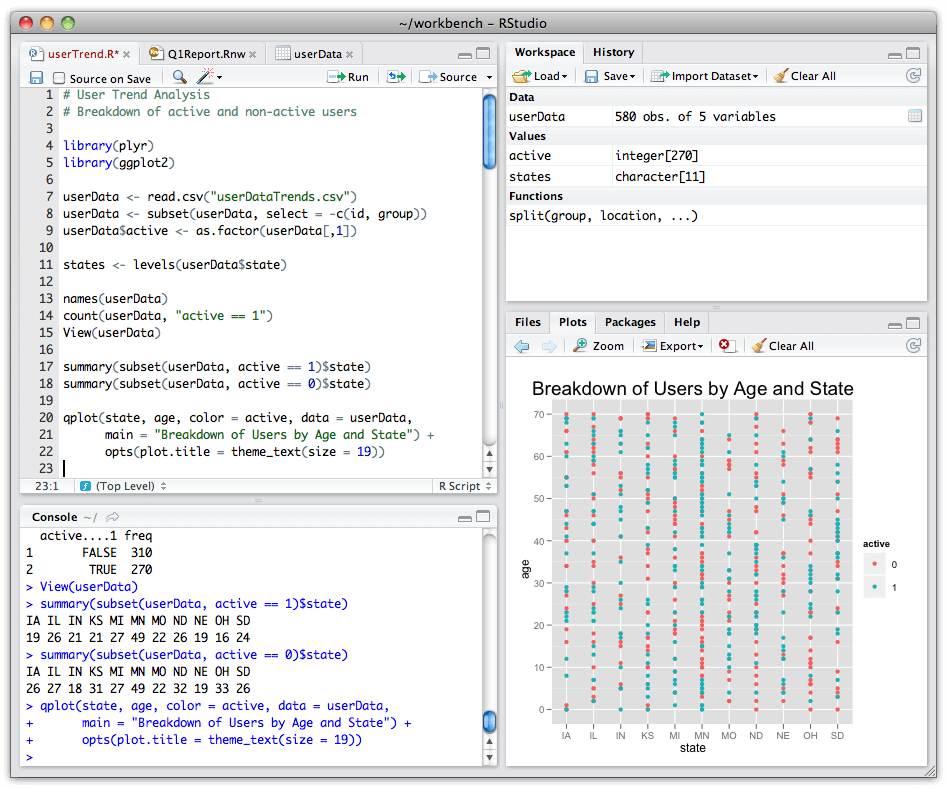


Select one or more packages from the list (using command-click to select multiple packages). If a package is not listed, try selecting another mirror as discussed below under #CRAN mirror.Enter a string to search for a package, such as "splus", or "quant".From the top menu-bar of the R app, select: The easiest way to install packages on a Mac is from the R app. For example, a binary package that uses NetCDF routines should not require you to install the NetCDF library on your system. If they contain C, C++ or Fortran code, they should be statically linked to any required libraries. These binary packages should be self-contained, and not require the installation of other software on your system. Packages are usually available in binary form for Macs. Installing Contributed R Packages in Mac OS If you have admin privileges, you can install R for all usersĪfter installing, you should be able to run R.app from the Applications folder, or by entering "R" at the shell prompt in a terminal window.Double-click on the R pkg file, agree to license.One should also reinstall XQuartz after an OS upgrade. In order to use X11 graphics, first install xquartz.The code for Ranadu is also on github, at. Īn R package developed locally for analyzing and visualizing NCAR-Aircraft Data Files is: The code for these packages is on github, at, along with a wiki. There are also some locally developed packages available from EOL: There are many add-on R packages, contributed by the R communitiy, which are available at the CRAN website. Installing R and Contributed Packages Contributed Packages


 0 kommentar(er)
0 kommentar(er)
